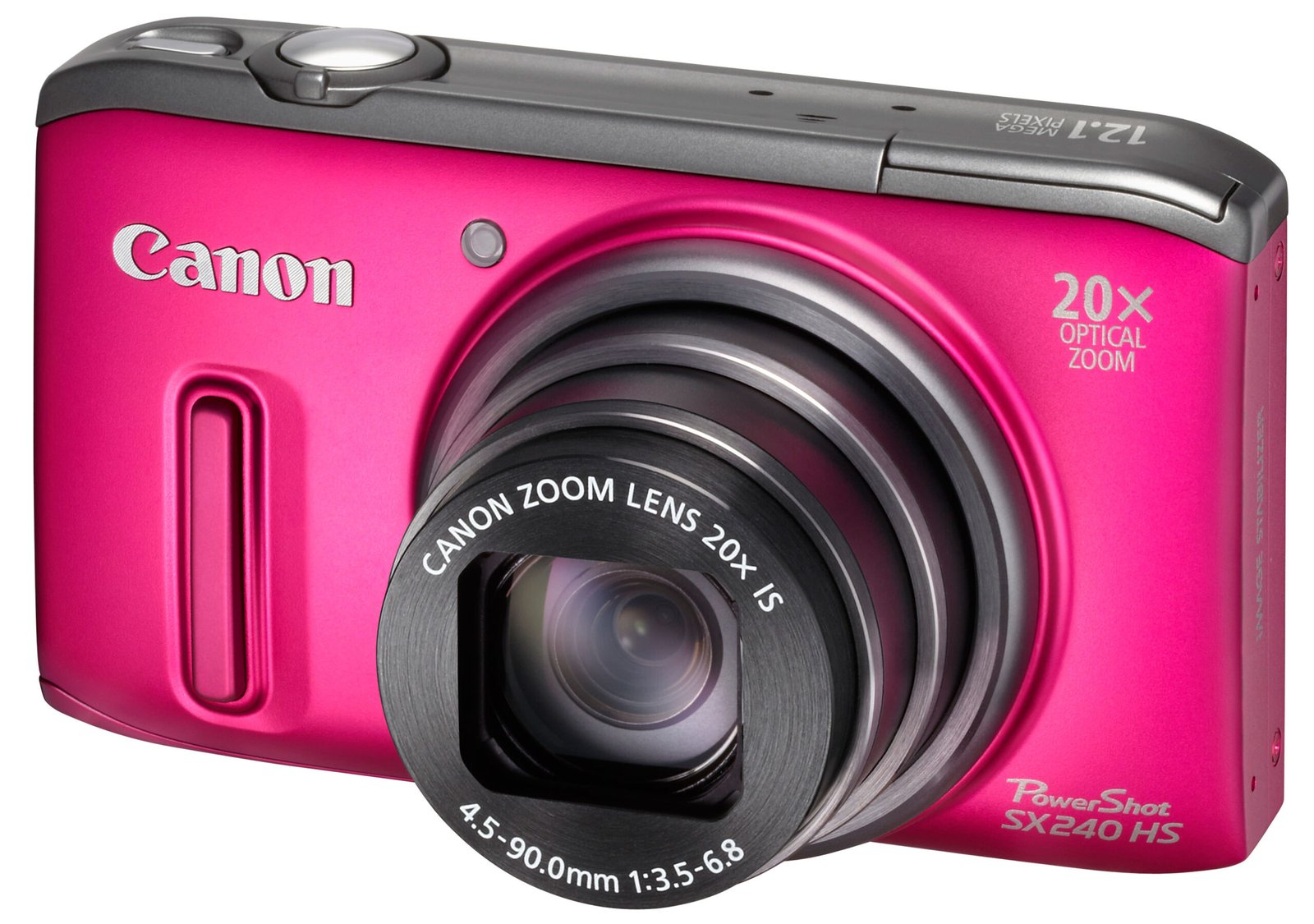Photo editing is an essential step in refining your images and bringing your creative vision to life. Whether you’re a beginner or an experienced photographer, understanding how to enhance your photos can significantly improve their quality. With the right tools and techniques, you can transform your raw shots into polished masterpieces.

Choose the Right Editing Software
Selecting a reliable photo editing software is the first step. Popular options like Adobe Lightroom, Photoshop, or free alternatives such as GIMP offer a range of features for basic adjustments and advanced enhancements. Apps like Snapseed and VSCO provide convenient editing options for mobile users. Choose software that suits your skill level and project needs.
Start with Basic Adjustments
Begin by correcting fundamental issues like exposure, contrast, and white balance. Adjust the brightness to ensure your photo isn’t too dark or overexposed. Fine-tune contrast to add depth, and correct white balance for accurate colors. These foundational edits often make the biggest impact on your photo’s overall look.
Enhance Colors and Details
Once you’ve addressed the basics, enhance the vibrancy and saturation to make colors pop. Be cautious not to overdo it, as overly saturated photos can appear unnatural. Use sharpening tools to enhance details, but avoid creating an overly grainy effect. If your photo includes noise, consider noise reduction tools to smooth the image while retaining clarity.
Crop and Straighten for Composition
Cropping and straightening are simple yet effective ways to improve composition. Remove distracting elements or reframe the subject to create a balanced image. Ensure the horizon is level for landscape shots and follow the rule of thirds for more dynamic compositions.
Use Filters and Presets Sparingly
Filters and presets offer quick ways to apply a specific look or mood. While these can be helpful, use them sparingly to maintain a natural appearance. Customizing filters to align with your personal style ensures your edits don’t look generic or overly processed.
Experiment with Advanced Tools
For a more creative approach, explore advanced editing tools. Adjust selective areas with masks, remove unwanted objects with the clone stamp or healing brush, and add subtle effects like vignettes or gradients. These tools give you more control over specific aspects of your photo.
Save and Export in the Right Format
After editing, save your photo in the appropriate format for its intended use. For online sharing, export as a JPEG with a smaller file size. For printing or archiving, save as a high-quality TIFF or PNG. Always keep an original, unedited version of your photo as a backup.
Practice Makes Perfect
Photo editing is a skill that improves with practice. Experiment with different tools and techniques to discover your style. Review your edits critically to identify areas for improvement, and consider seeking feedback from others to refine your process.
With time and dedication, photo editing will become an enjoyable part of your photography workflow. By applying these tips, you’ll turn your captured moments into captivating visuals.











